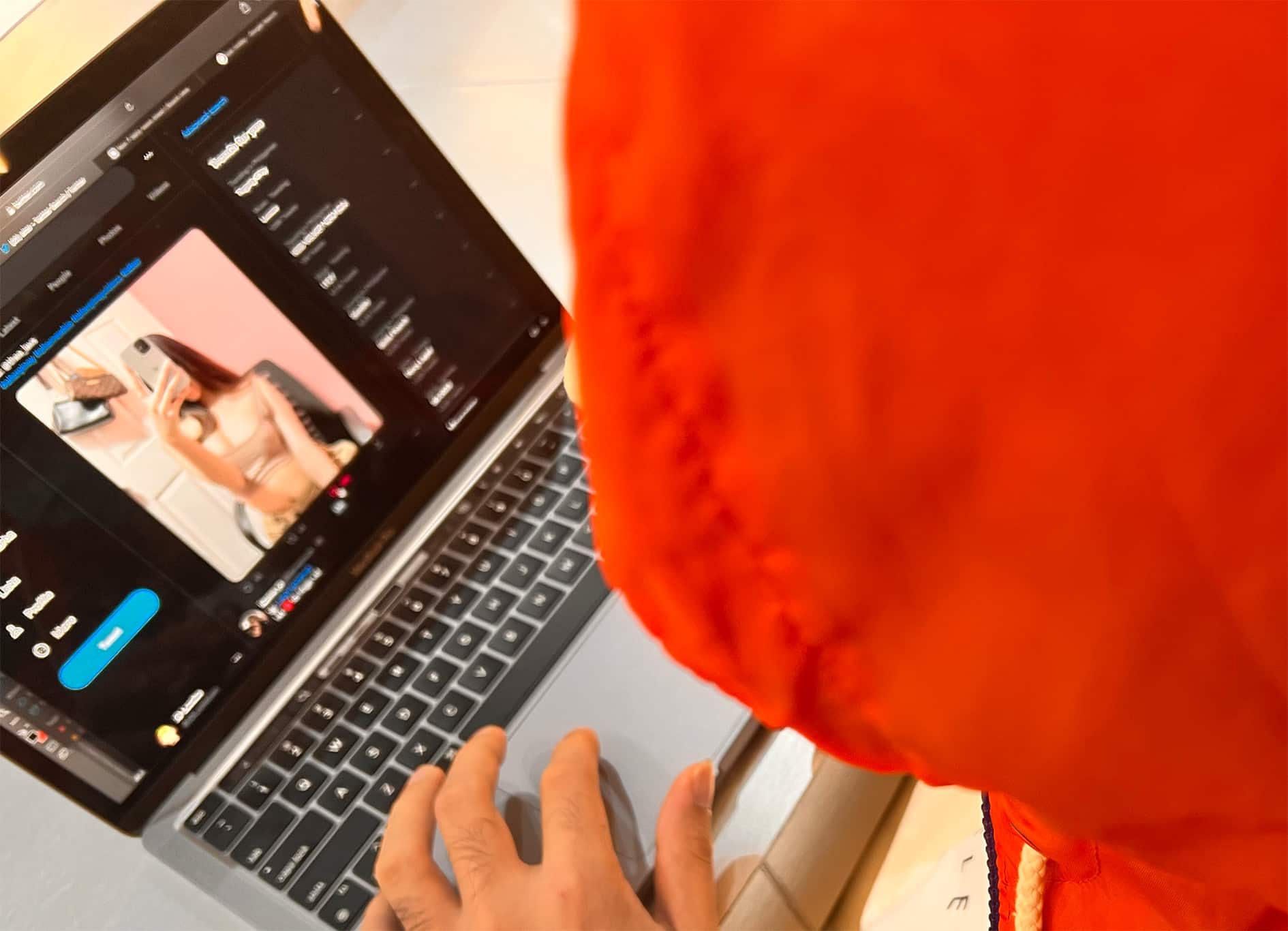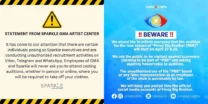With the problem of pornography and online child sexual abuse becoming more and more serious, we have to do more. We have do demand more responsibility and more accountability from these social media platforms. This is a battle we cannot afford to lose, lest we run the risk of harming future generations.
PHILIPPINES is the social media capital of the world.
You’ve heard about this a thousand times already.
Well, not anymore.
Because according to the Digital 2022 report of Hootsuite and We are Social, the Philippines has slid to No. 2 in terms of time spent on the internet and social media.
Based on the study, Filipinos spend an average of 10 hours and 27 minutes on the internet each day within the last 12 months. South Africa outranked us by just 19 minutes.
However, being No. 2 doesn’t negate the fact that social media has become part and parcel of our daily life. It has become the source of news, information, entertainment and for many, a source of livelihood and business opportunity.
It provides us a means to communicate, to interact.
And the relevance of the connection that it provides was underscored at the height of the pandemic.
Indeed, social media now plays a vital role in our society.
World of alters
However, as much as we adore the miracle of the social media, it also provides a connection to a more delicate world, one that weakens the moral fiber of the society — the world of alters.
Alter is an alternate or second social media account, where the user can be anonymous and can express himself or herself in a more discreet way without risking his or her identity.
It provides a space for those who want to express a different version of themselves without minding the societal norms.
However, alter is often associated with pornography.
Sexual contents
Try typing the word “alter” in Twitter’s search bar, and you’ll be flooded with provocative and even sexual contents.
From big screen to mobile phone, pornography has now become more accessible.
Gone were the days where access to pornography is more discreet.
Today, it has become brazen, unfiltered and loud — with social media becoming the new porn site.
But our real concern stems from the fact that most of active social media user in the country are the younger population, and they are the ones who frequent the alter world.
Hence, for our first series of thematic stories, we bring you an intensive discussion on how the spread of pornography has gotten more serious nowadays, how social media aggravates it and how young people are becoming actively involved.
Meet Troy, a porn star
While doing this special report, we came to know Troy, a self-confessed alter porn star. And it was through Twitter that his career flourished, as he calls it.
Know the journey of Troy via our first story: Hi I’m Troy, and I’m a Porn Star. Welcome to the Alter World!
We have also learned that alters do “collab” content. And for alters, collab means filming an actual sexual encounter. From here, we have interviewed another alter who confessed that he had once filmed a collab with a minor — a content that became viral.
Child abuse
With this confession, along with our research, we were able to bridge the connection between not just the alter world, but the social media and the incidents of online child sexual abuse.
And it was during the height of the pandemic when these kind of abuses to children skyrocketed.
According to US-based National Center for Missing and Exploited Children, almost 280,000 reports of online sexual exploitation of children were reported in the Philippines from March to May 2020.

SocMed as aggregator
Meaning to say, for each day, there could be more than 3,000 incidents of online child sexual abuse. And for every hour, there could be more than a hundred children being subjected to these abuses.
While efforts continue to bolster our campaign to protect our children from these abuses, we have to acknowledge that the perpetrators are doubling their efforts. They are certainly ahead of us. And social media has been their aggregator.
Take Twitter for example.
In September, the social media giant has come under fire following a report that it displayed ads of major brands alongside tweets soliciting child abuse content.
While Twitter explicitly prohibits contents containing sexual exploitation of children, it allows sharing adult contents, provided that these are marked as senstive and access to these contents is restricted for minors. However, this policy can be easily circumvented. Because a user, who is of minor age, can simply make an alter account.
New accounts rising
And even if it deletes or blocks posts of child sexual abuse materials, Twitter users can easily create new accounts, repeatedly.
In Korea, Twitter has also been criticized for being a channel for child sex crime.
As reported by technology news website “The Verge,” an internal research conducted by Twitter revelead that the social media company cannot “accurately detect child sexual exploitation and non-consensual nudity at scale.”
Several livestreaming platforms are also following Twitter’s lead on pornographic content. And we have discussed this intensively in our story: Twitter, Telegram, Bigo, Alua: the New Porn Hub!
With the problem of pornography and online child sexual abuse becoming more and more serious, we have to do more.
We have do demand more responsibility and more accountability from these social media platforms.
This is a battle we cannot afford to lose, lest we run the risk of harming future generations.








